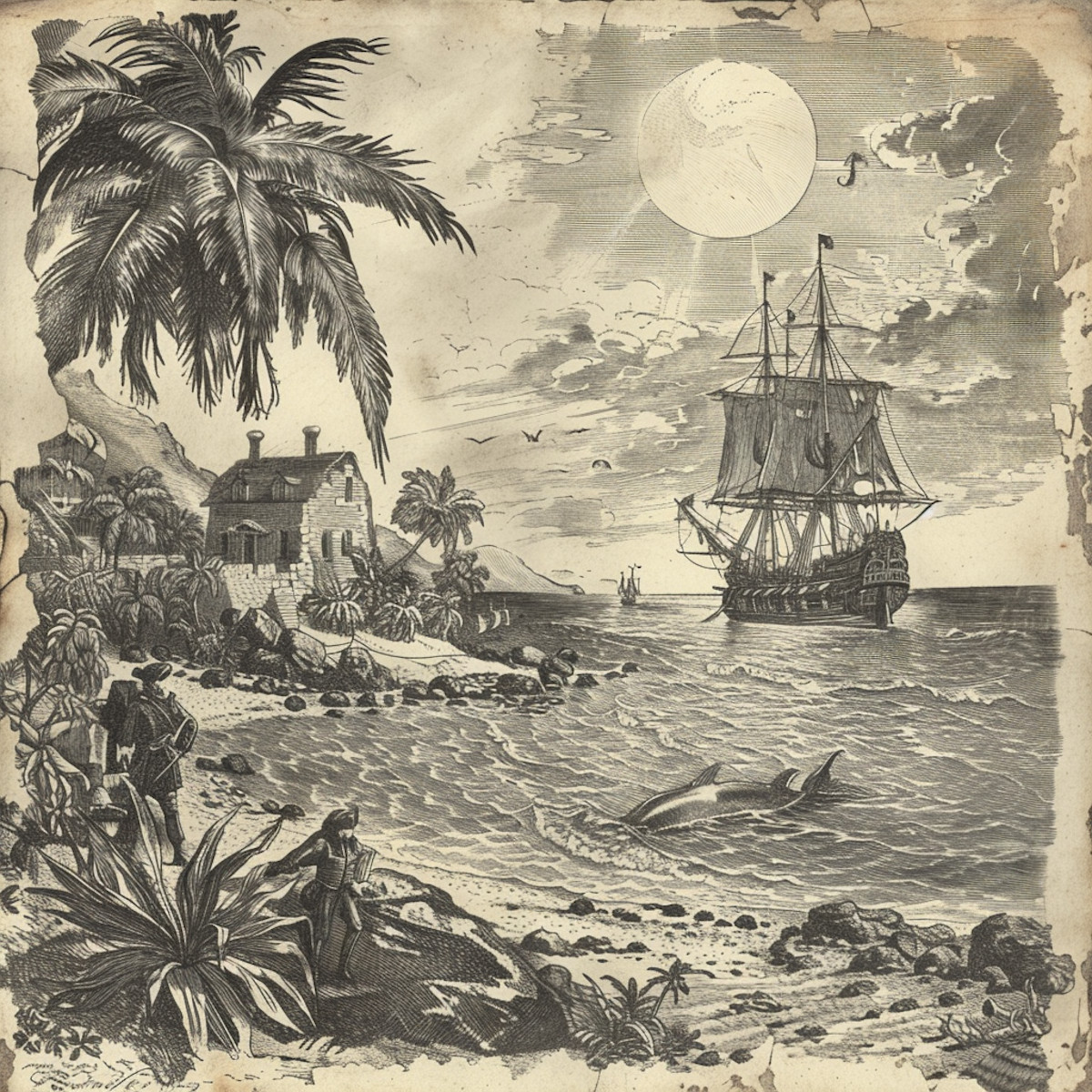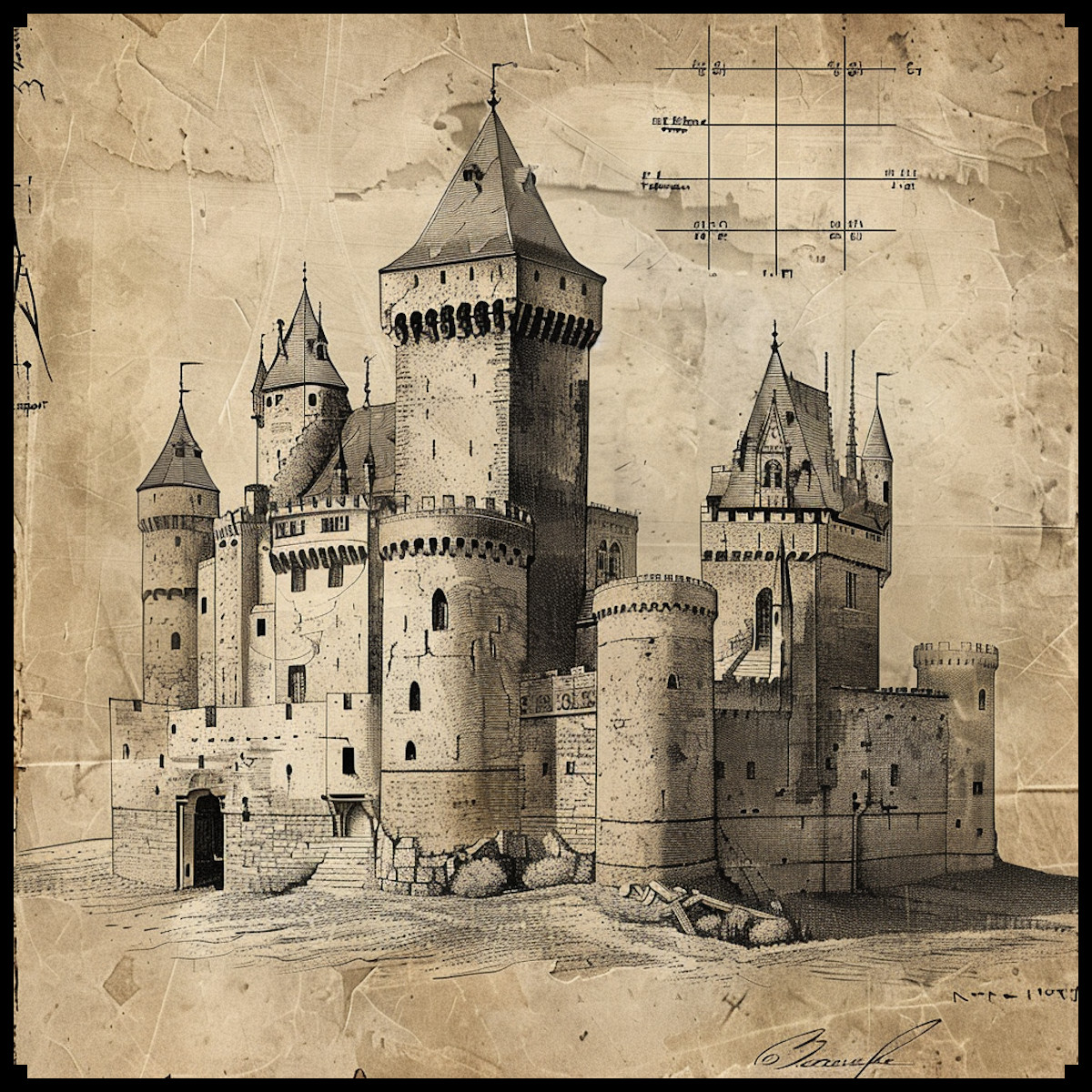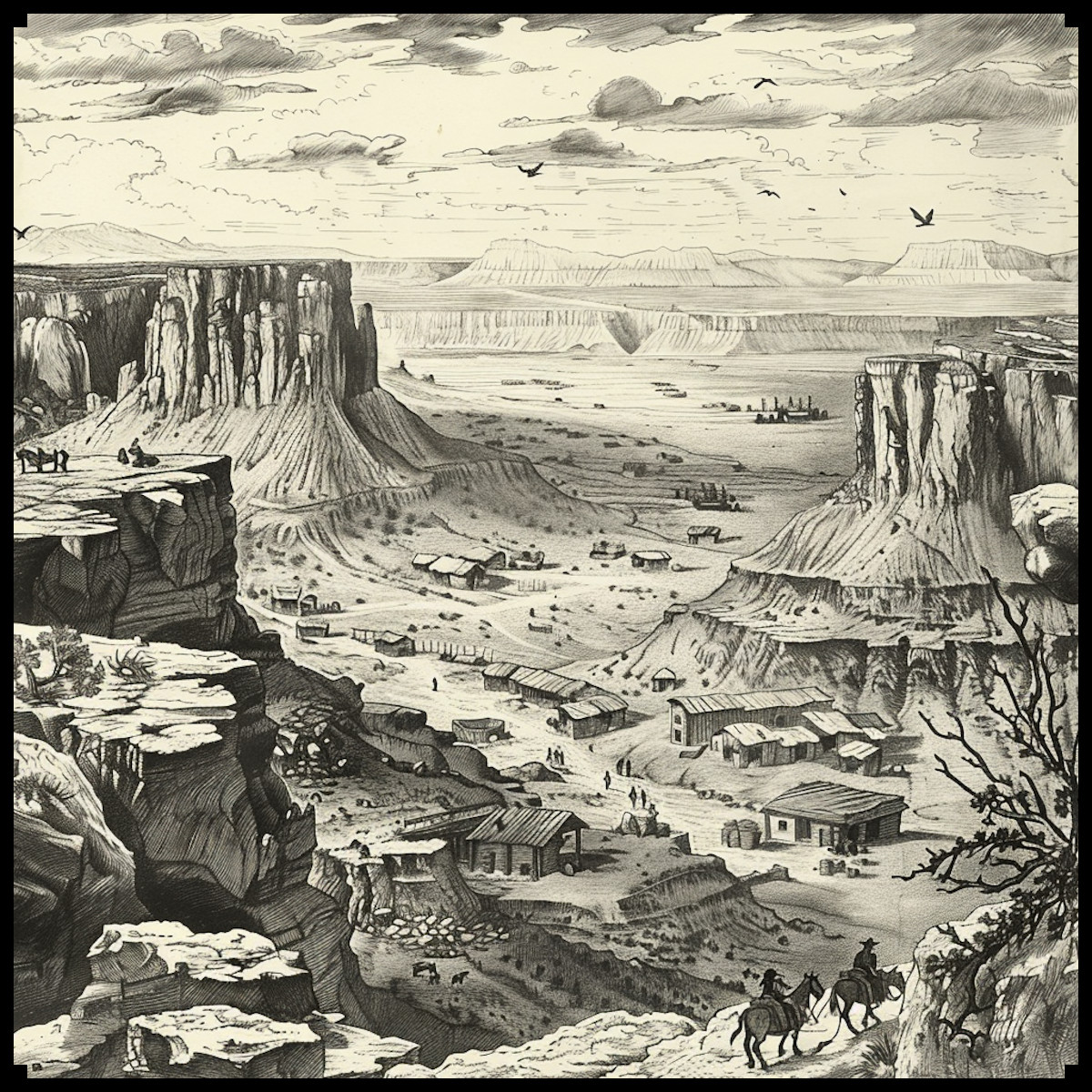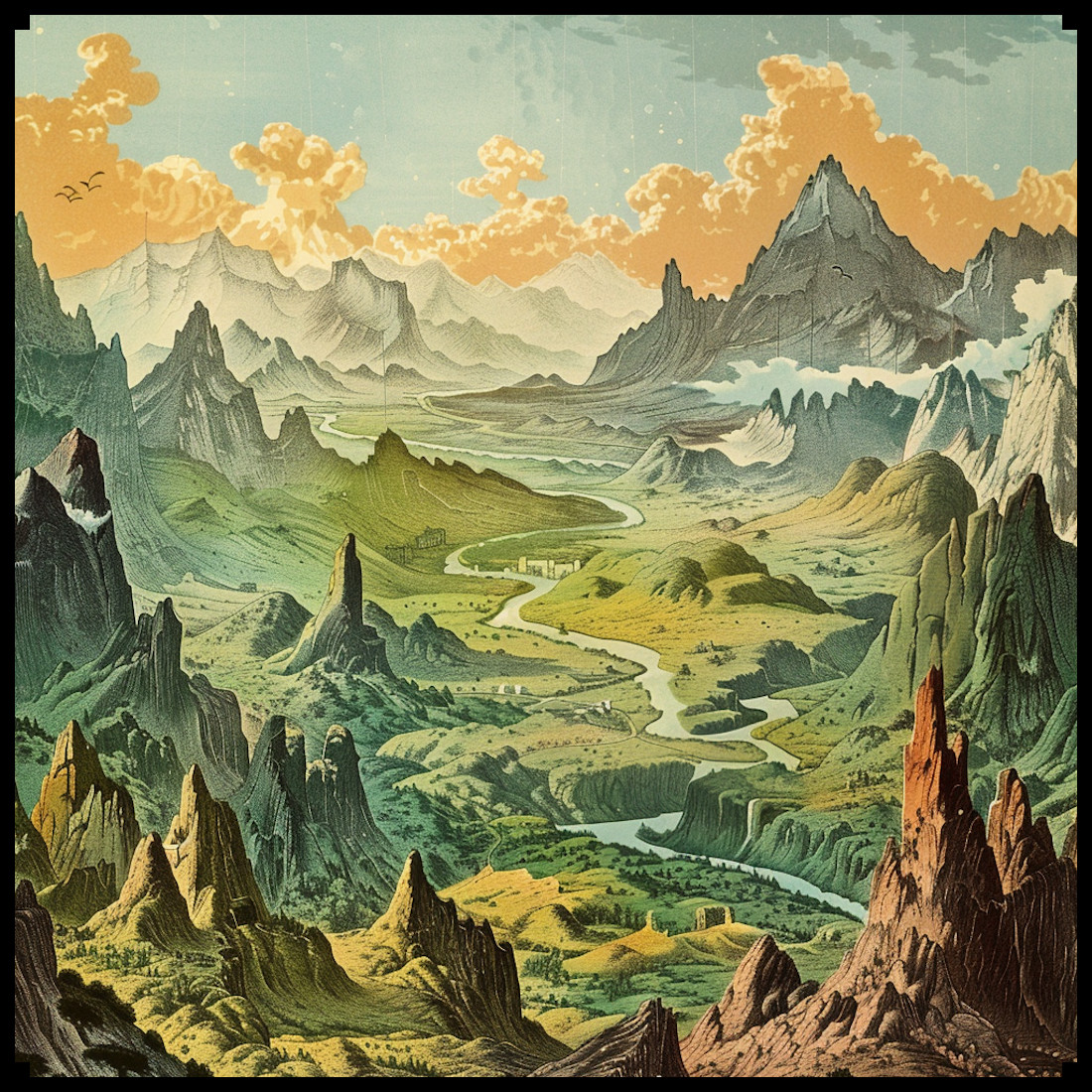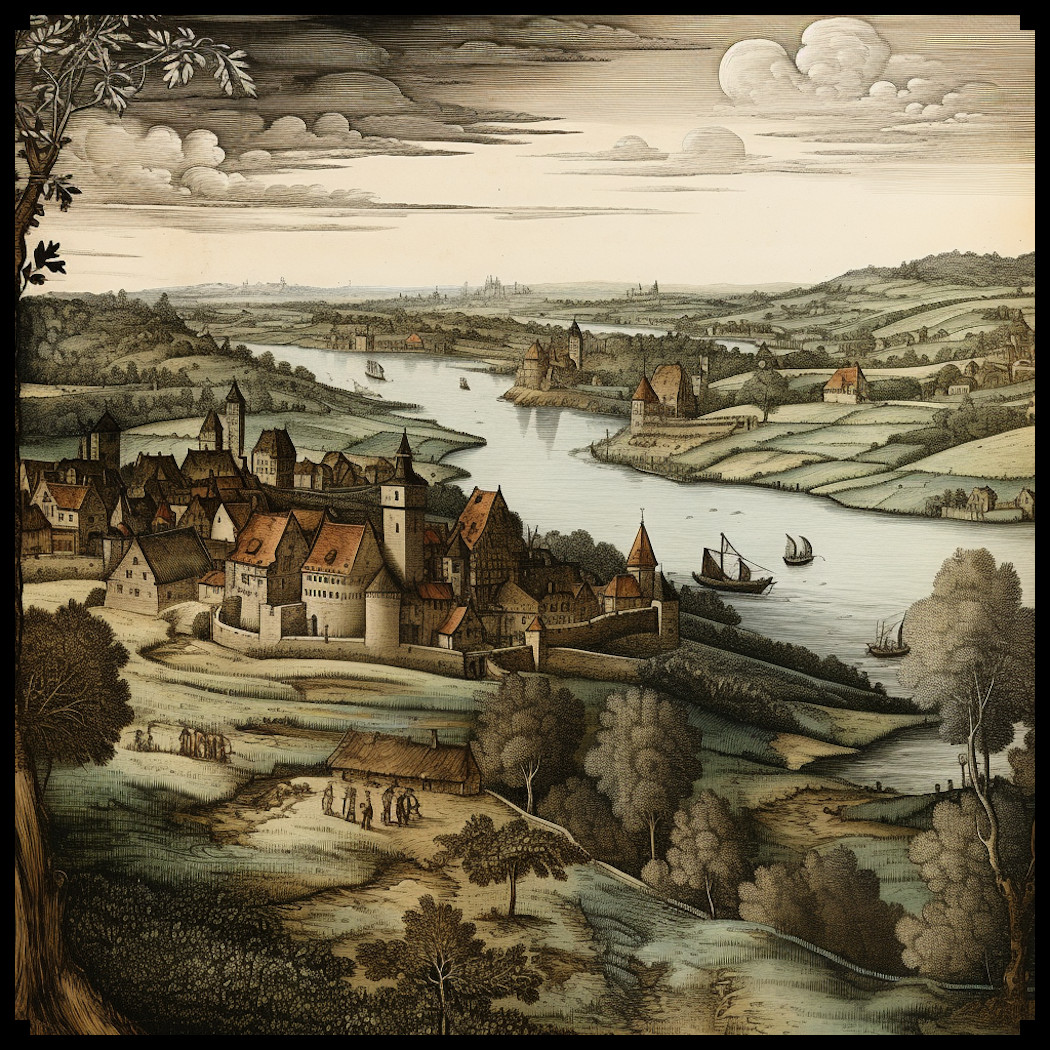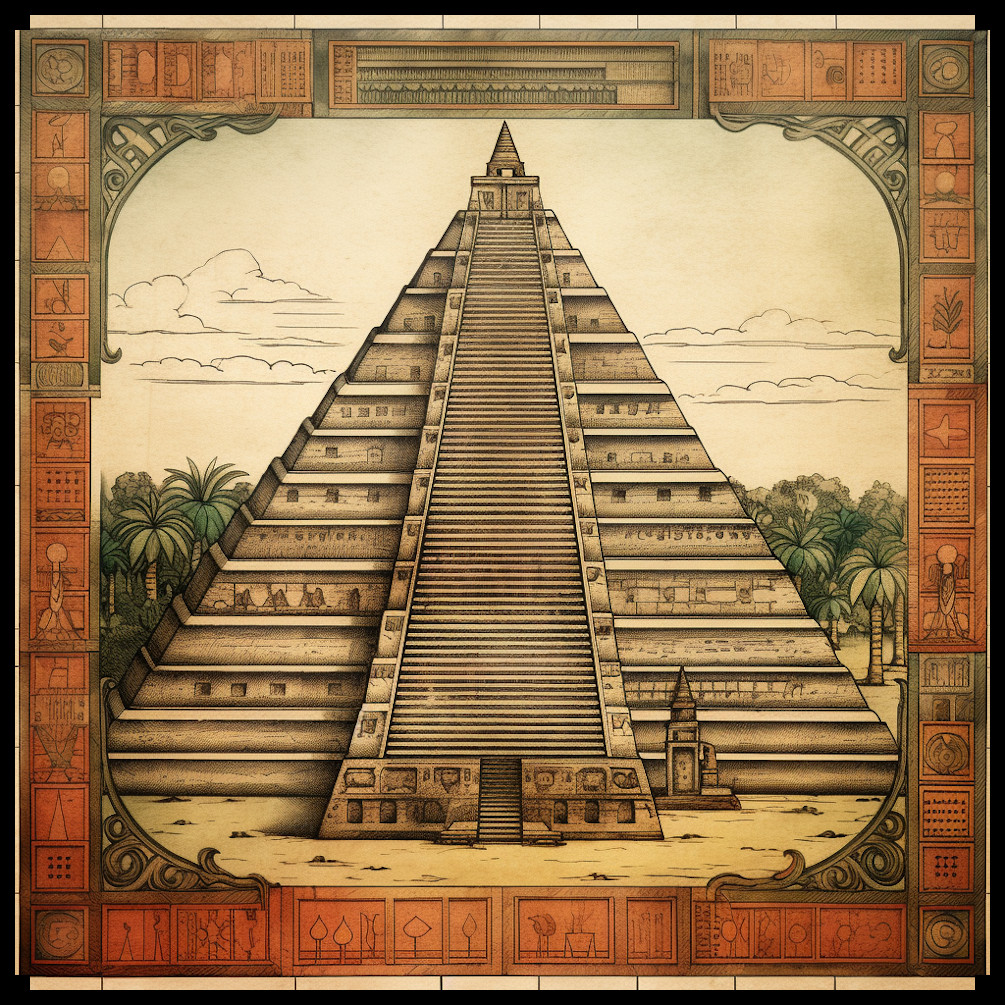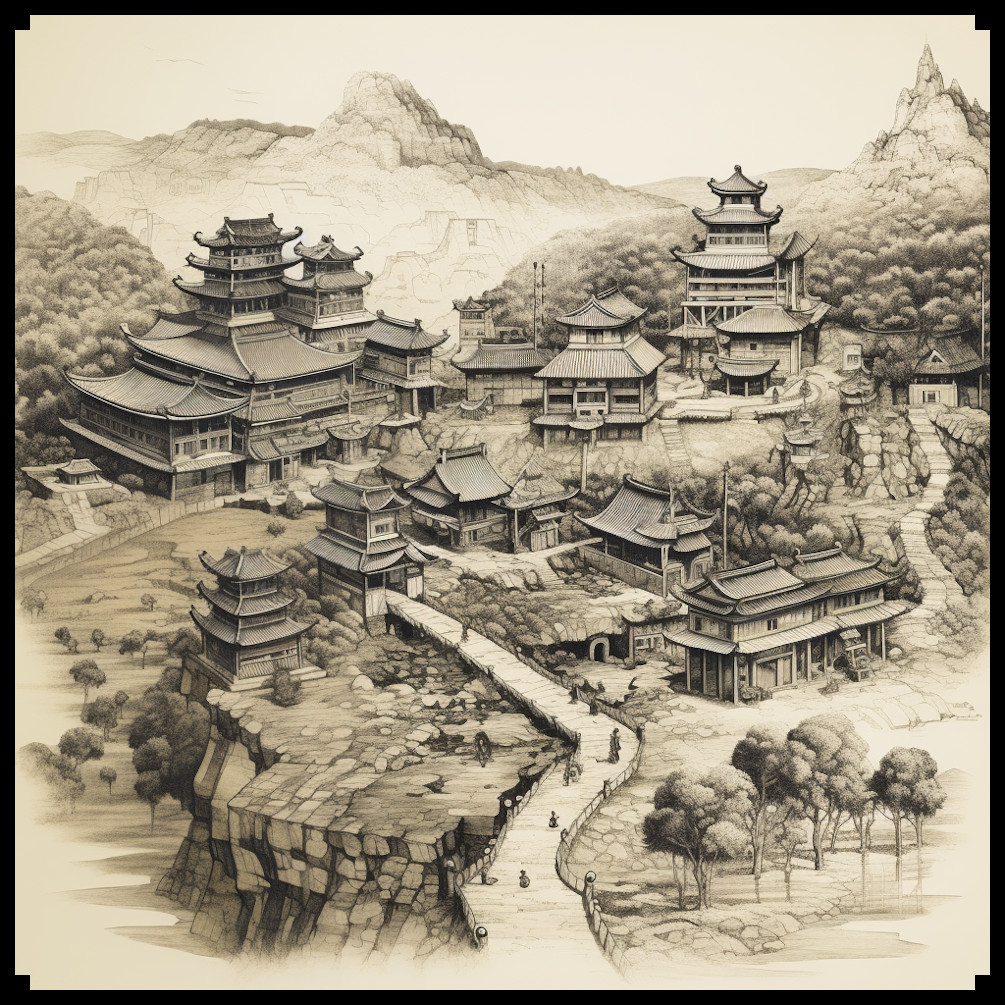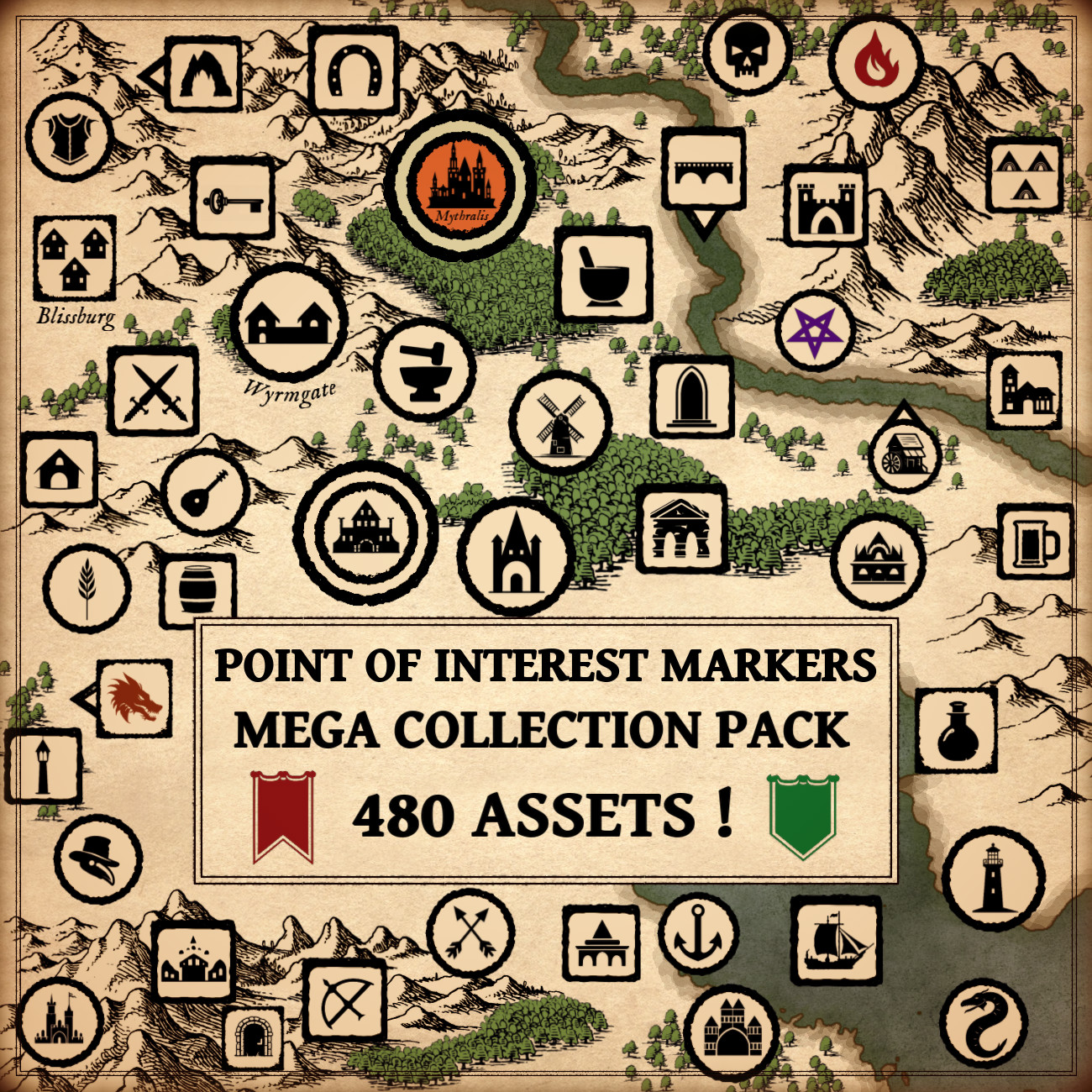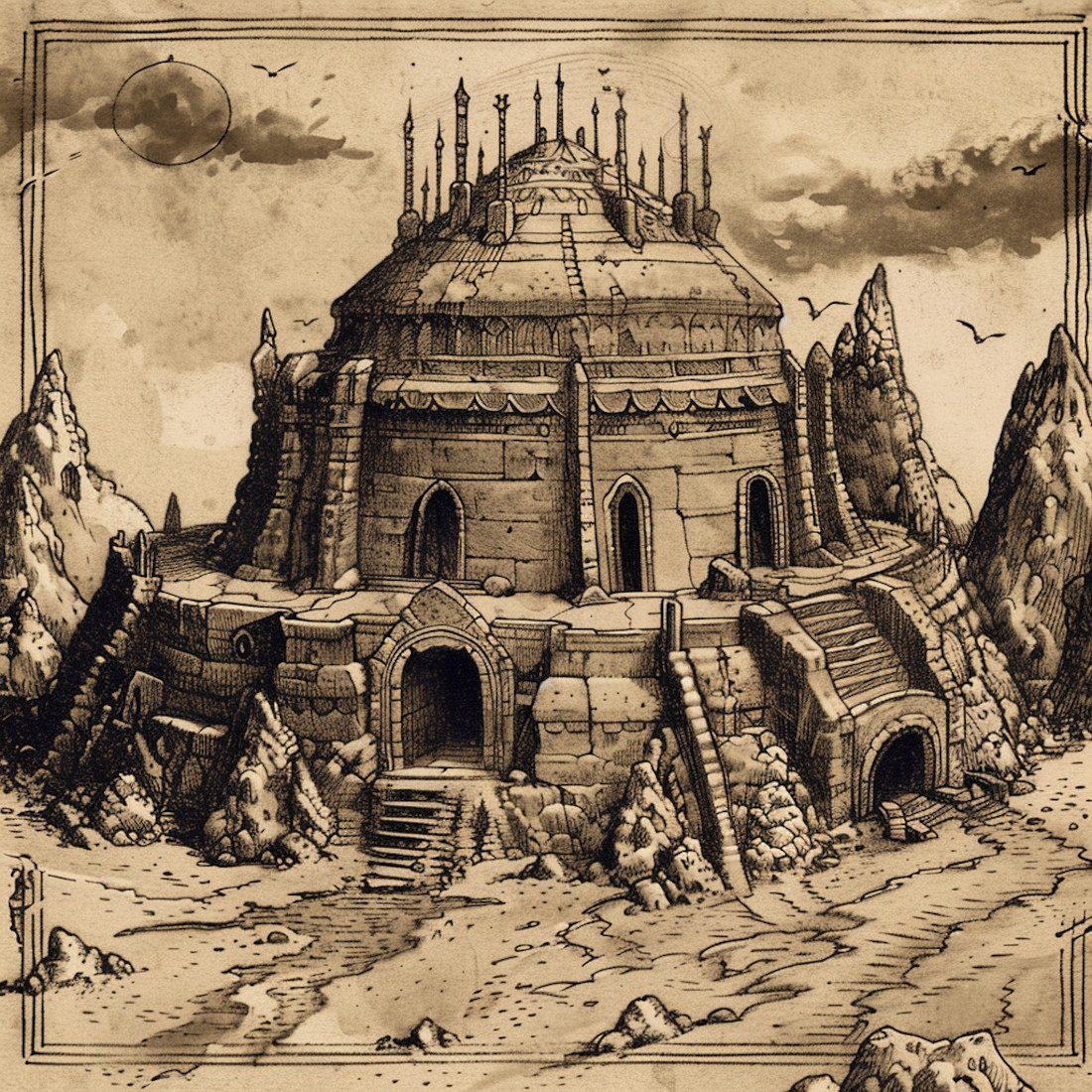
Exploration of Sacred Sites: Temples and Shrines in Fantasy Cartography
Delving deeper into the enchanting realm of fantasy mapping unveils a rich tapestry of sacred sites, where temples and shrines stand as venerable landmarks steeped in myth and magic. In the fantastical landscapes depicted on maps, these places of worship transcend mere geographical features; they are portals to realms of divine intervention, epic quests, and mystical revelations.
BUY AND DOWNLOAD The Vintage Fantasy & Medieval Temples & Shrines – Assets Megapack here :
Sacred Nexus: Temples and Shrines as Narrative Anchors
In the intricate web of fantasy narratives, temples and shrines serve as pivotal points around which stories unfold. Whether they are ancient ruins reclaimed by nature or majestic citadels bustling with devout pilgrims, these sacred sites beckon adventurers with promises of untold treasures, hidden knowledge, or encounters with otherworldly beings.
Fantasy maps, adorned with the icons of temples and shrines, not only guide travelers on their quests but also ignite the imagination, hinting at the secrets and perils that await beyond the beaten path. Each depiction carries echoes of ancient myths and legends, inviting cartographers and readers alike to partake in the timeless dance between mortals and the divine.
Cultural Mosaic: Reflecting Diversity in Belief Systems
In the vibrant tapestry of fantasy worlds, temples and shrines mirror the kaleidoscope of cultural and religious diversity. From soaring cathedrals dedicated to holy fountains where wizards commune with nature spirits, these sacred spaces embody the varied beliefs and practices of fictional civilizations.
By incorporating temples and shrines into their maps, creators not only showcase the rich tapestry of fantasy cultures but also invite exploration of the nuanced relationships between mortals and deities. Each temple tells a story of devotion, sacrifice, or divine intervention, shaping the narrative landscape and enriching the tapestry of fantasy lore.
Mystical Symbols: Icons of Power and Mystery
At the heart of many fantasy maps lie the iconic symbols of sun and moon, imbued with mystical significance and symbolic resonance. These celestial emblems adorn temple facades, sacred artifacts, and ancient manuscripts, serving as potent reminders of cosmic forces and celestial cycles.
In the eyes of adventurers, these symbols represent not only navigational aids but also keys to unlocking hidden truths and unlocking the secrets of the universe. Whether they are etched into ancient stone or woven into tapestries depicting forgotten myths, sun and moon symbols evoke a sense of wonder and awe, fueling the imaginations of those who dare to chart the uncharted territories of fantasy realms.
Conclusion: Charting New Horizons in Fantasy Cartography
In the ever-expanding landscape of fantasy mapping, temples and shrines stand as beacons of hope, wisdom, and transcendence. Through their depiction on maps, these sacred sites invite adventurers to embark on epic journeys, forge alliances with divine beings, and unravel the mysteries of worlds both familiar and fantastical.
As we navigate the realms of imagination, guided by the icons of temples and shrines, we embark on a quest not only for treasures and glory but also for deeper understanding of the human condition and the eternal quest for meaning. In the end, it is not merely the destinations that matter but the journeys we undertake and the stories we weave along the way.

